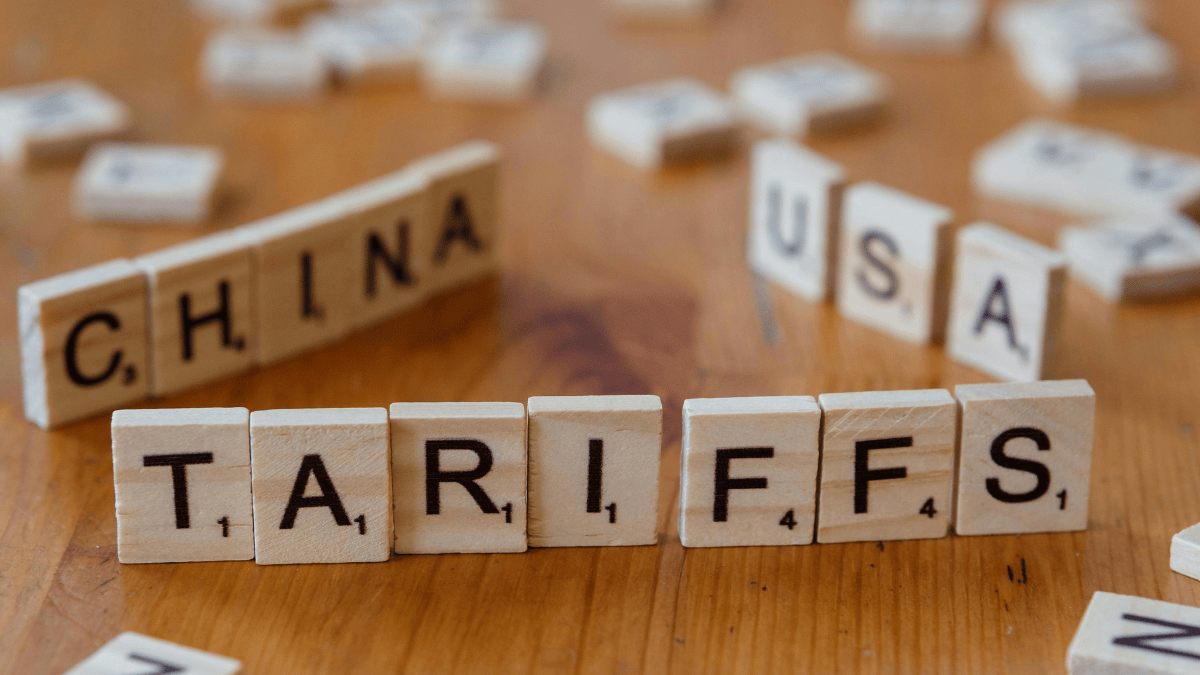In a shift that could reshape the trajectory of the U.S.–China trade war, President Donald Trump announced that the steep tariffs imposed on Chinese goods will be reduced. While not eliminated, the tariffs—currently at 145%—will
“come down substantially,”
Trump said during a recent press conference.
Speaking on April 23, Trump acknowledged the high cost of tariffs currently applied to Chinese imports: “
One hundred forty-five percent is very high, and it won’t be that high… It won’t be anywhere near that. It will come down substantially. But it won’t be zero
.”
The
145% tariff
rate has weighed heavily on both American consumers and global trade flows. T
rump’s remarks suggest a potential softening of his trade strategy
, although no specific timeline or details were given.
Trump’s comments came hours after
Treasury Secretary Scott Bessent
addressed a private investment conference. Bessent described the trade war as “
unsustainable
” and told investors that a de-escalation could be on the horizon. According to a source familiar with the conversation, Bessent emphasized the goal of a trade rebalancing, not a full decoupling between the U.S. and China. News of Bessent’s remarks pushed the
S&P 500 up 2.5%,
reflecting investor optimism.
China responds with sharp criticism
Beijing’s reaction was swift and vocal. The hashtag “
Trump chickened out
” trended on the Chinese platform Weibo, reflecting widespread mockery among Chinese netizens. At an official press conference,
China’s Ministry of Foreign Affairs
issued a strong response: “
If the United States wants a deal, it must stop threats and coercion and engage with China on the basis of equality, mutual respect, and reciprocity”,
said, “
Saying you want to reach a deal with China while constantly applying maximum pressure is not the right way to engage with China – and simply won’t work.”
The ministry reiterated that while
China does not seek conflict
, it is fully prepared to fight if necessary.
“If it’s a fight, we’ll fight to the end. If it’s a talk, our door is wide open.”
Trade war impacts and China’s retaliation
Since the start of the trade dispute,
both sides have imposed record-high tariffs
that have disrupted global supply chains and fueled economic uncertainty. China, in turn, raised
tariffs on U.S. goods to 125
%, expanded its export control list, and blacklisted several American companies. Chinese officials claim their
125% tariffs
have significantly reduced domestic demand for American imports.
Trump’s negotiation stance: Waiting for Xi
Despite the confrontational history,
Trump
maintains he has a “very good relationship” with Chinese President Xi Jinping. He stated his hope that China will eventually return to the negotiating table, without any pressure from the U.S. side. “
We’re going to be very kind. They’re going to be very kind. And we’ll see what happens,”
Trump said.
“Ultimately, they need to make a deal, because otherwise they won’t be able to do business in the U.S., and we want them to.”
He added that a trade agreement could
“work very well”
and expressed hope for a future where both nations “
live happily and ideally work together.”
White House
Press Secretary
Karoline Leavitt
echoed Trump’s optimism, saying the administration felt
“very good”
about future negotiations. However, spokesman Kush Desai emphasized that the U.S. would not reduce tariffs unilaterally:
“President Trump has been clear: China needs to make a deal with the United States of America.”
According to Desai, the
administration has received 18 trade proposals
from various countries, suggesting broad interest in reshaping global trade relations under Trump’s leadership


